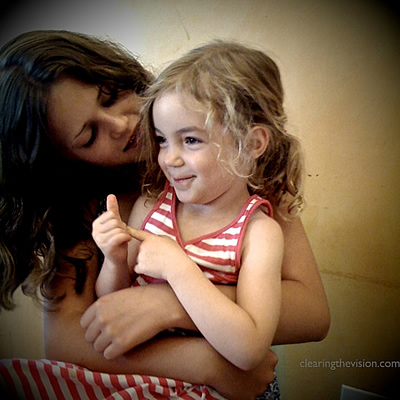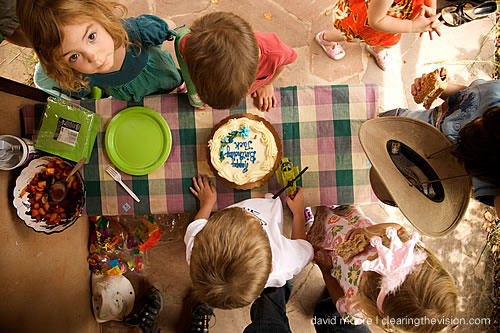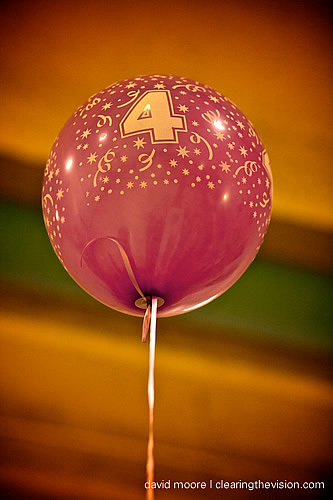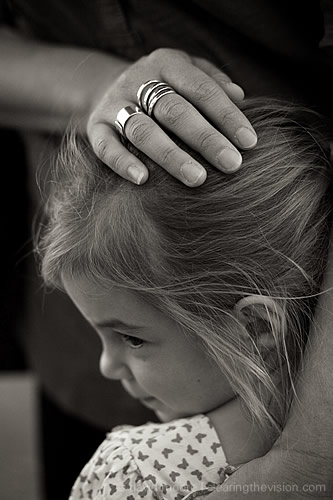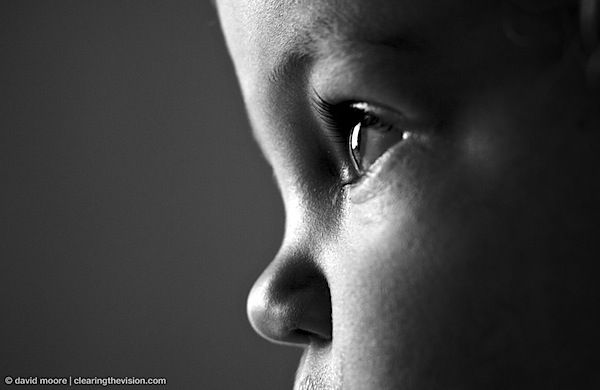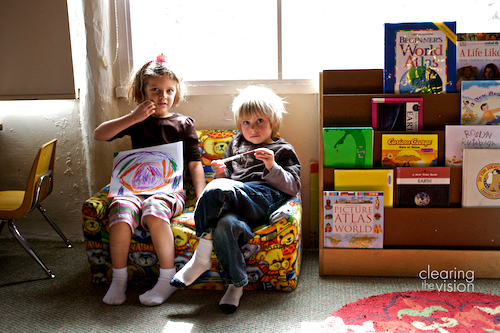
I recently spent a whole day photographing my daughter’s pre-K/kindergarten class at the Gentle Nudge School in Santa Fe, NM.
There were several reasons for wanting to do this. Firstly, after two very happy years at Nudge, my daughter will be starting a new school in the autumn, and I wanted to have a record of her and her friends. Secondly, it was a whole day shooting candid and relaxed shots of cute kids (mostly aged five and six) – which to me is a pretty much perfect scenario. Also, I love the school myself and have a great deal of respect and affection for the work the teachers do there, and I wanted to share that with the other parents and a wider audience (that would be you).
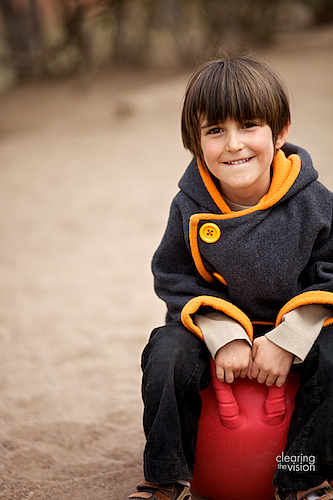 I’m sure parents always wonder what life is like for their kids at school. Not just what they do, but how they do it, what it’s like in this world that’s so familiar to the children and so closed off from the parents, because we’re just not there very much.
I’m sure parents always wonder what life is like for their kids at school. Not just what they do, but how they do it, what it’s like in this world that’s so familiar to the children and so closed off from the parents, because we’re just not there very much.
So when I took my daughter to school one Tuesday a couple of weeks ago, I just got out my cameras and stayed. Naomi Brackett, the director of the school, had liked my idea and allowed me to wander around all day unimpeded, and I never got the sense that what was going on was in any way different to what would have happened if I’d not been there.
What I Learned
I sort of knew this before, but my day underlined it: teachers work hard, all the time. There are three teachers in the combined pre-K and K class, and the whole class of around 20 is never doing the same thing all at once – they’re split into smaller groups for different activities.
How the teachers keep track of everyone, deal with minor alarms, provide help and advice and prepare for the next thing is beyond me. Even doing rest time when the younger kids were sleeping and the older ones quietly writing or drawing in their journals, there was no rest for the teachers. I was exhausted at the end of the day, and I was just standing around taking photographs.
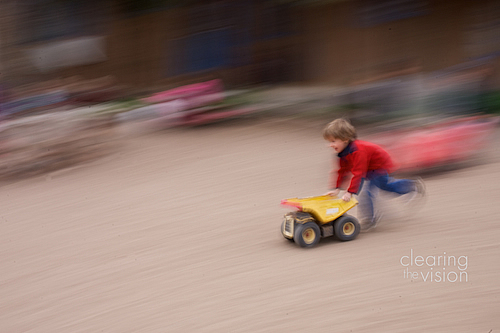
The ability of the children to concentrate on their activities was also impressive. They focussed intently on the current task, and then smoothly shifted to their next task. Just as impressive was the good-natured way the children got on with each other – sharing and helping were much to the fore.
I’ve no idea what it’s like at other schools, but what I saw at Nudge was a deeply comfortable sense of teamwork that the kids had with the teachers. The children were full participants and collaborators in the day, rather than just passive consumers of it, doing what they were told. The teachers shaped the program of course, but the kids were comfortable with it, and committed to it with their attention and goodwill. It was great to see.
Technical details
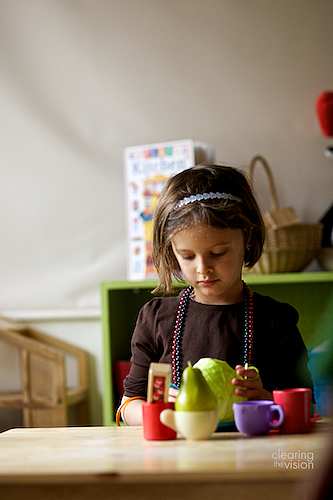 With the photographs, I was aiming to tell the story of the day in a number of ways:
With the photographs, I was aiming to tell the story of the day in a number of ways:
- exposition: shots of what the kids were doing (making posters, mixing salt dough, whatever), and how they were doing it
- portraits: individual images of the children
- interactions: children reacting to each other, or with the teachers
- details: that showed more about the life of the school
As this was a personal project, I didn’t have a shot list to fulfil, or an obligation to get an equal amount of images of all the children, but I tried to be as expansive as possible in my coverage, while still being true to the moments and situations that appealed most to me.
At times I’d talk to the children and ask them to tell me or show me what they were working on, but most of the time I shot more candidly, and it was these photographs that I like most. It takes time just to blend in to the background enough that no-one’s paying attention to you, but it was definitely worth it.
I shot with my Canon 5D Mk ii (with my 85mm f/1.8 attached), and my 5D matched with my 35mm f/2. Given the low light in the old adobe rooms of the school (and my personal taste) I was at or near wide open (so under f/2.8) pretty much all day inside.
Conclusion
I’m proud of the images from the day, and very pleased I have such a record of a place that means so much to our whole family.

I left a coil-bound book of around 100 of the images up at the school for the teachers and other parents to look at, and the feedback from them has been very touching. Two sets of parents of children who are departing at the end of the school year have even asked for their own copies 0f the whole book.
It was a very rewarding project to undertake – maybe there’s a personal project near to your heart that you could start on?
Slideshow
(best viewed full-screen)





